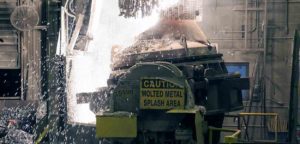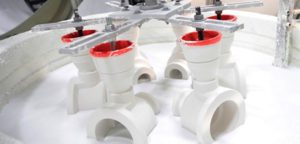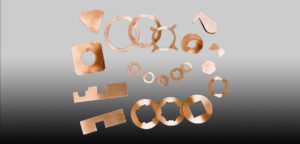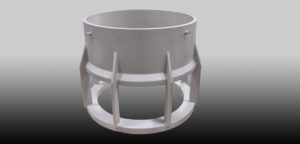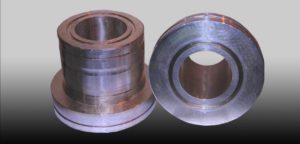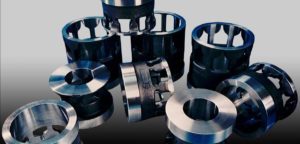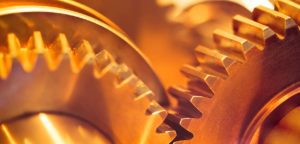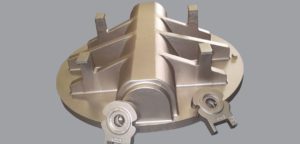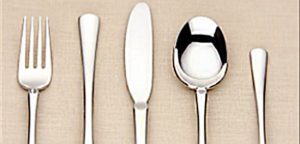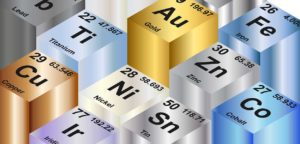Blog Archives
There is more than one way to bake a cake. Ingredients, temperature, bake time, and how many you are serving dictate your approach. Making brownies for the third grade class is not the same as baking an elaborate wedding cake for 350 degrees. The same is true when it comes to selecting a right metal…
Read MoreOverview of Continuous Casting Continuous cast shapes are produced by introducing molten metal into a vertical or horizontal mold that has the ability for rapidly chilling the metal to the point of solidification. The rapid chilling in the mold ensures a fine, uniform grain structure in the solidified metal with higher physical properties than sand…
Read MoreGrade HIGH TENSILE (C86300) Manganese Bronze Description Family of bronzes primarily known for its extremely high strength and ability to resist the corrosive effects of seawater and brine. Often referred to as Yellow Brass. Manganese Bronze Material Properties – Why select this material Tensile strengths range from 60,000 psi to 110,000 psi and are readily…
Read MoreThink of a problem that you face in metal component design or application. Here are some near-net shape manufacturing examples of where leveraging the advantages of near-net shaping have helped MetalTek and a customer work together to solve an application challenge. Maybe you will see a problem you are working to resolve. For more information…
Read MoreThe “Metals of Antiquity” were the only known metals until the 13th century – and there were seven of them (gold, copper, silver, lead, tin, iron, and mercury). That number has since exploded to a current count of 91. Copper is one of the earliest identified metals. There is evidence copper was discovered around 4000 B.C.,…
Read MoreGrade Aluminum Bronze Alloys Description A family of alloys containing aluminum as the principle alloying element, offering strength similar to medium carbon steel and possessing excellent corrosion resistance. Properties – Why select this material As aluminum content increases, hardness and tensile strength increase. The lower the aluminum content, the better the corrosion resistance. Applications –…
Read MoreWhat Is Stainless Steel? It’s everywhere. Probably more than you notice. It’s a key material in food preparation and food processing equipment. When you are eating, that fork in your hand is probably made of it. It is likely to be the material your sink is made of. And if you watch HGTV you know that no kitchen is…
Read MoreGrade Austenitic Stainless Steels. Description Austenitic Stainless Steel Elements: Of all elements added to the basic alloy of chromium and iron, nickel is the most important. It not only improves corrosion resistance but also changes the alloy’s structure and mechanical properties. Austenitic Stainless Steel Structure: As nickel is added in increasing amounts to a ferritic…
Read More
